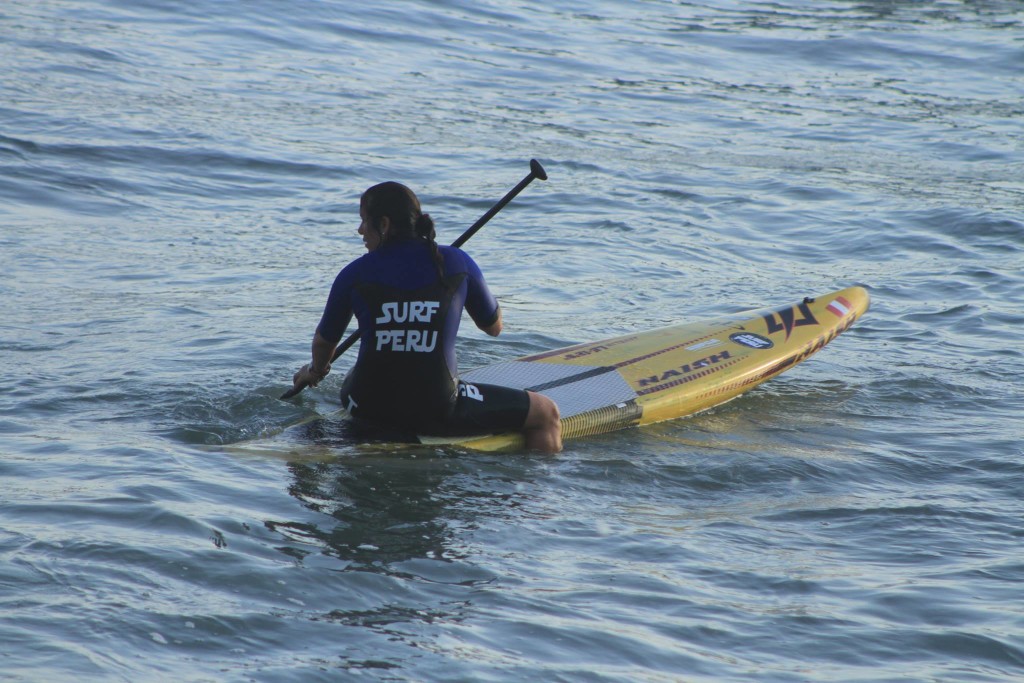You could have started Stand Up Paddle Boarding for the range of reasons. Maybe you were done with small surf days, you fancied an alternative way of maintaining fitness, or maybe you thought it may be a great way to explore flat water spots. Regardless of the reasons you started, once you have mastered basic fundamentals (and found some in the great surfing SUP footage on the web!) you’re likely to want to have a spin in the surf.
Although the triple-overhead sessions enjoyed with the Hawaiian watermen can be a bit through your comfort zone for the present time, SUPing is just about the easiest ways to savor surfing and – providing you’re up and paddling competently – it is possible to give surfing a try pretty in early stages in your SUPing career.
We’ve broken down the basic principles into a few blueprint to help you get started.
1. Choose your entire day. SUPing is best suited to slower moving waves. If a wave is barrelling or breaking quickly in shallow water then it’s best left to surfers on smaller boards. You ideally want knee to shoulder high waves which can be breaking slowly for the first few sessions. If it’s too windy (specifically wind is blowing onshore) then an will also decrease wave quality and produce it more difficult for you to spot waves.
2. Choose your spot. On smaller days it can be relatively easy to paddle ‘out back’ (the spot that the unbroken waves are) with your SUP also to get yourself in to a position where waves are breaking. Do just be sure you stay away from categories of surfers who will be sat on the clear ‘peak’ while you are starting out. There can be a strict code of conduct amongst anyone catching waves and – until you’re confidently riding waves – it is best to stay clear of other surfers.
3. Paddling out. Before you start surfing, you need out back. Getting out through broken waves can be extremely challenging (notably if you are utilized to flat water). If there are many rows of broken waves to have through before you’re out back, your best method to wade out until you have chest deep water, and lie with your board and paddle using your arms. You can rest your paddle on the board and hold it below your chest since you paddle.
As you approach a broken wave increase your body up with your arms (pinning the paddle down with one arm). Let the board talk about the top on the wave, and a few of the wave pass between both you and your board.
4. Where is out back?! This is just one of those things that you step more of an understanding for while you spend more time within the surf. You must be beyond where most from the waves are breaking, and easily outside in which the ‘set waves’ (the greater group of waves that will in every matter of minutes) are breaking. When you initially get out back, you’re best off being past an acceptable limit out and after that working the right path in after you have got an idea for the location where the sets are breaking. Then wait with the board facing the shore and your eyes beingshown to people there, taking care of waves!
5. Choosing your wave. When you observe a set approaching you must choose which wave to hook. Sets might have upwards of 3 waves, so there is no need to go to the first one… You must aim to trap the wave before it breaks, however, not too early mainly because it won’t pick you up. So, choose your wave after which paddle towards or out from the ‘peak’ (the spot that the wave starts breaking) to get inside right position.
6. Catching the wave. Paddle within the neutral position initially – together with your feet both facing forward. Paddle firmly (either alternate sides or merely one side – whatever normally utilizes you) to your beach. You have to quickly generate speed so that you can are travelling in a similar speed to your wave if it gets to you.
7. I’ve got it! When you’ve caught the wave you will be aware. If you’re used towards the sensation within your paddle propelling your board than the may feel quite strange. There can be a clear moment in the event the wave begins powering your board and, with experience, you’ll figure out how to understand and anticipate this. The most significant thing to do after you feel the wave demand, is always to change your stance: it is possible to’t surf a wave facing forward, so you should change to a sideways surfing stance (either ‘regular’ – left foot forward, or ‘goofy’ – right foot forward). If you’re not sure which way you surf then do not think about it then one way should feel holistic: opt for that!
And you’re surfing!

